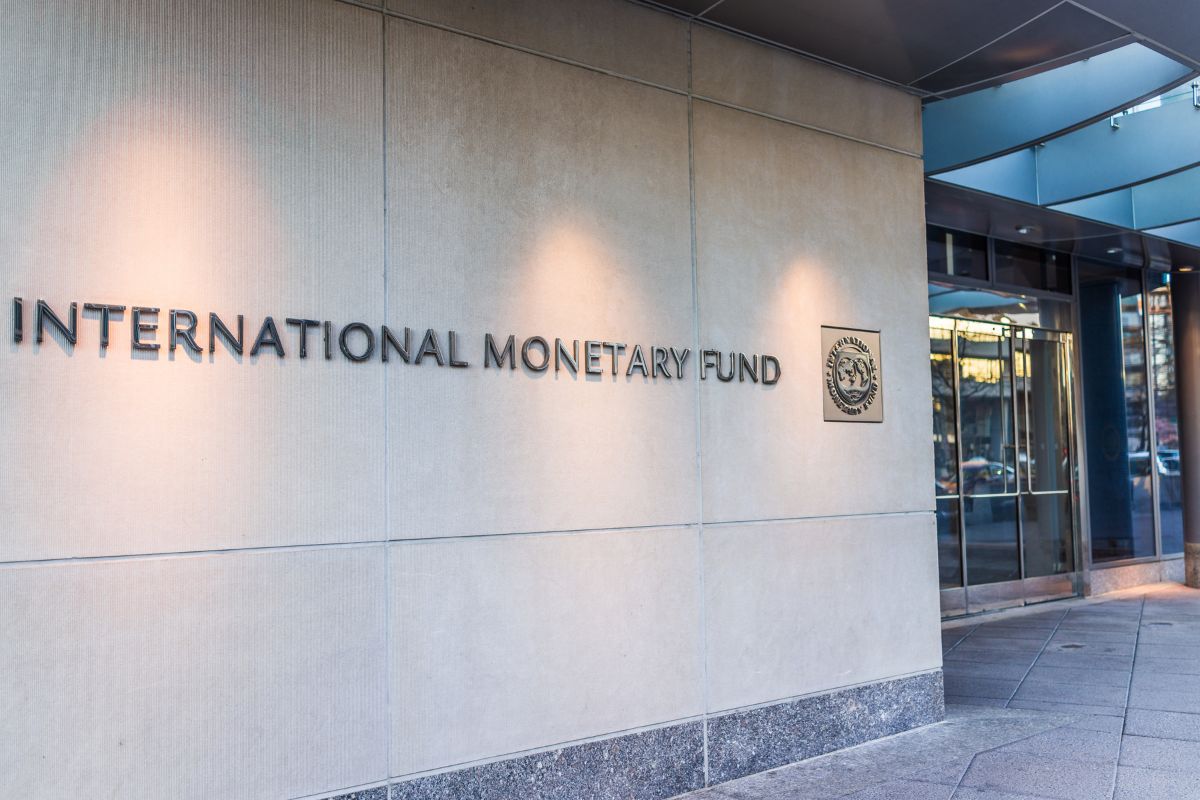The International Monetary Fund has slashed its growth forecasts for the next 18 months after warning that the world’s three biggest economies are all stalling, The Guardian reported.
In a downbeat update to its April World Economic Outlook (WEO), the IMF said problems in the US, China and the eurozone had resulted in global output falling in the second quarter of this year — the first contraction since the start of the Covid-19 pandemic.
Advertisement
The Washington-based IMF said it now expected the global economy to grow by 3.2 per cent in 2022 — a 0.4 point reduction since April — while inflation is now believed to be higher than the previous forecasts. The slowdown is predicted to continue next year, when growth is now forecast to be 2.9 per cent — 0.7 points lower than had been pencilled in three months ago, The Guardian reported.
“The global economy, still reeling from the pandemic and Russia’s invasion of Ukraine, is facing an increasingly gloomy and uncertain outlook,” said the IMF’s economic counsellor, Pierre-Olivier Gourinchas.
“Higher-than-expected inflation, especially in the United States and major European economies, is triggering a tightening of global financial conditions. China’s slowdown has been worse than anticipated amid Covid-19 outbreaks and lockdowns, and there have been further negative spillovers from the war in Ukraine.”
The IMF said by the fourth quarter of 2022 it was forecasting global inflation of 8.3 per cent, up from its April estimate of 6.9 per cent. It identified the UK — where inflation is now on course to be 2.7 points higher at 10.5 per cent — and the eurozone (up 2.9 points to 7.3 per cent) as places where the cost of living pressures had particularly intensified, The Guardian reported.
